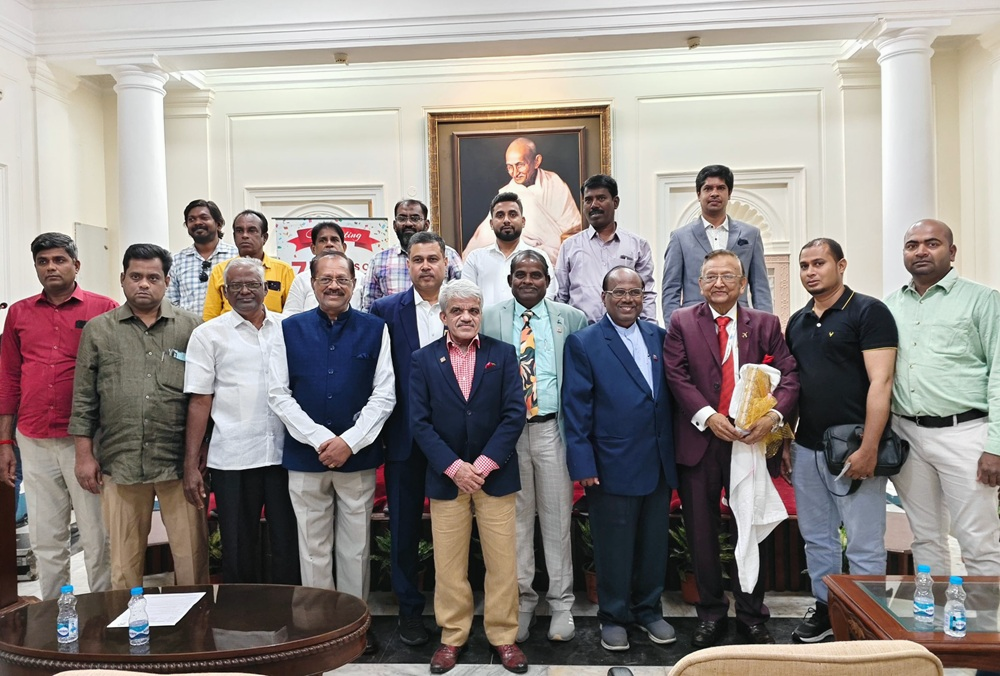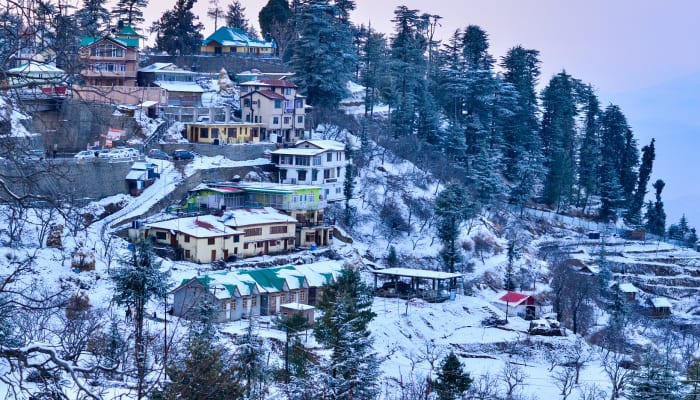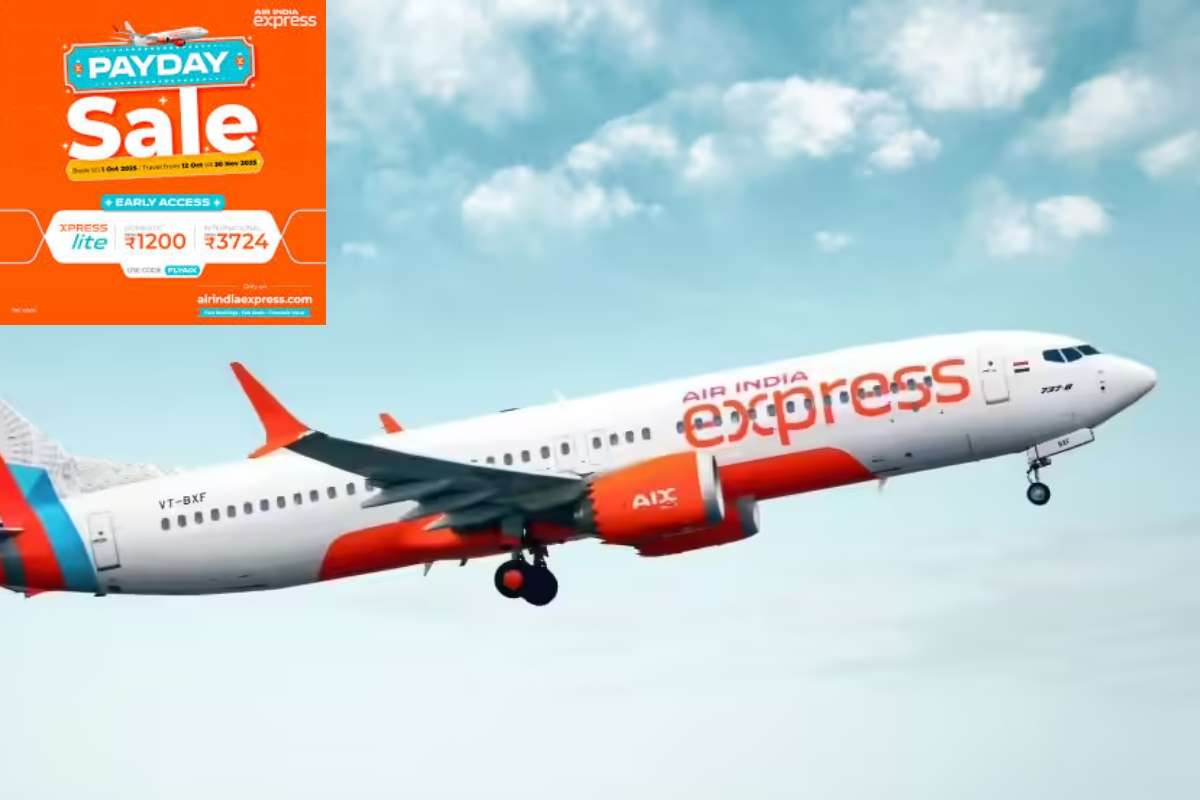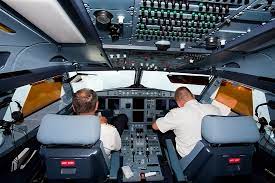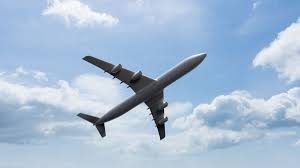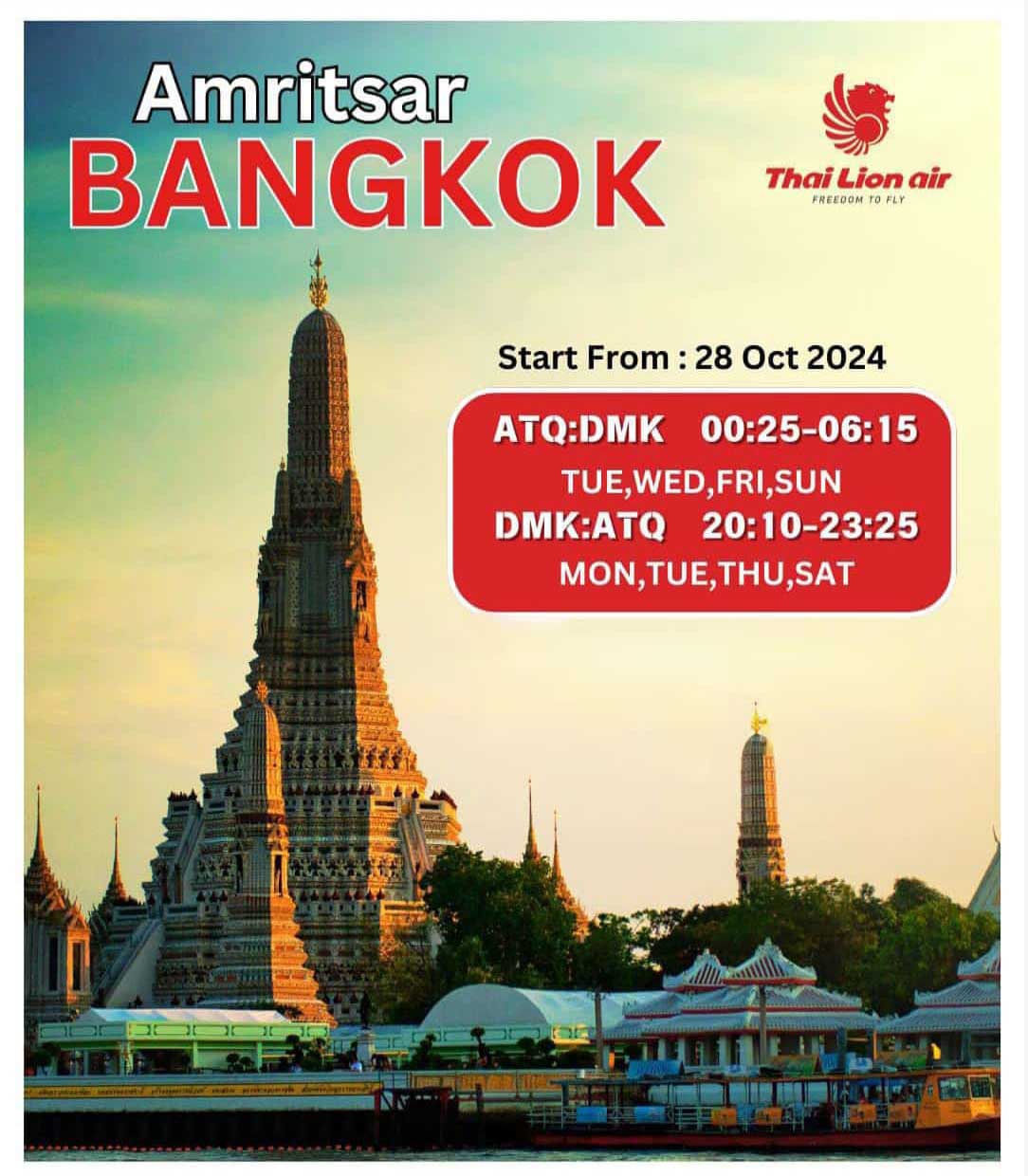Recently, AirAsia India hit the headlines for operating a domestic flight using Indian-made sustainable aviation fuel (SAF). And while it was a significant milestone, it remains to be seen just how long it will take for green fuel to move up from special flights to something more mainstream.
India is picking up speed in this space, but significant progress will likely take time, and for good reason. Producing SAF remains expensive, and for an industry with high fixed costs and razor-thin margins, production will have to scale to bring costs down for airlines to move beyond just token flights.
Net zero by 2070
India’s sustainability efforts within the aviation industry are part of its larger plan of reaching net-zero emissions by 2070. The Indian government has also become part of a list of fewer than 60 countries that have submitted their LT LEDS (long-term low emission development strategy) to UNFCCC. And the extensive plan will require tens of billions of dollars over the years.
Indian authorities are working on a plan to mandate a 1% blending of SAF with regular fuel for all Indian carriers by 2025. For that to happen, India would need 140 million liters of biofuel annually. If the country becomes slightly more ambitious and goes for a 5% target, the amount of SAF required per annum will shoot up to 700 million liters. So, what is being done about it?




